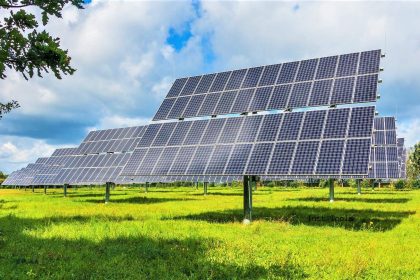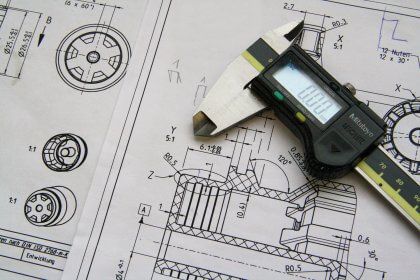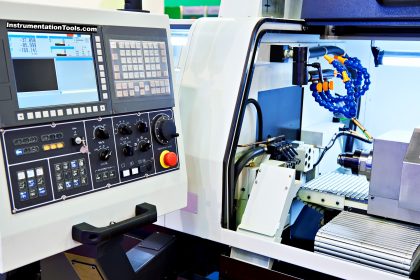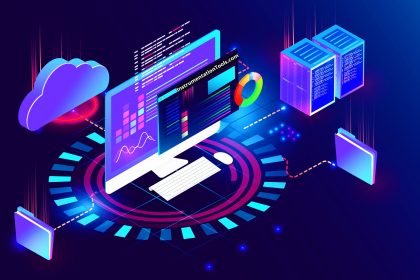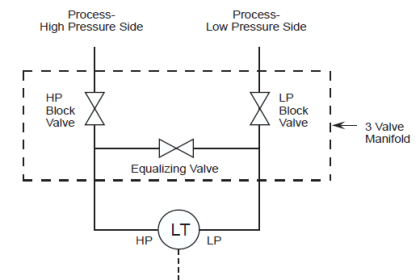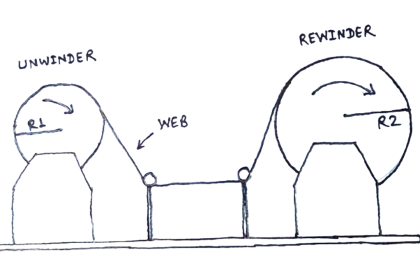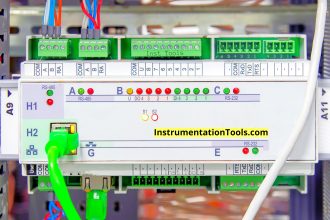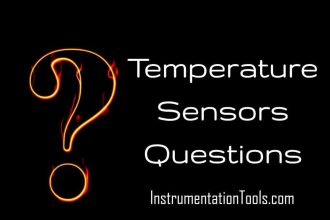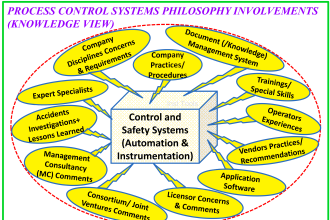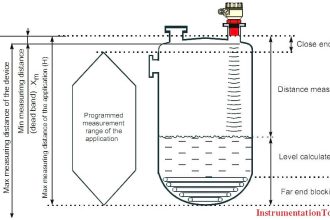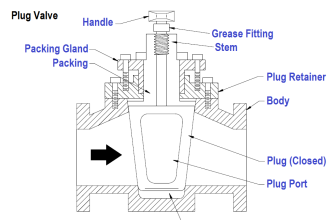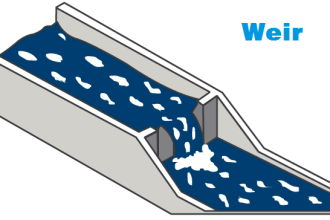Employees and workers spend a lot of time doing repetitive tasks. These tasks require a lot of effort, are time-consuming, and cost businesses a lot of money. In addition, workers must shift their focus from value-add tasks to completing repetitive tasks.
Although these tasks are beneficial, businesses would rather their employees focus on tasks that help them grow, increase revenues, enhance brand awareness and help with customer acquisition and retention.
Automation is helping businesses offload these repetitive and manual tasks to the software so employees and workers can focus on other tasks, and Robotic Process Automation is the go-to option for many modern businesses in the modern age.
What is Robotic Process Automation?
Robotic Process Automation (RPA) is software technology that uses software bots or robots (specialized computer programs) to automate and standardize business processes. These bots emulate human actions as they interact with different systems and software.
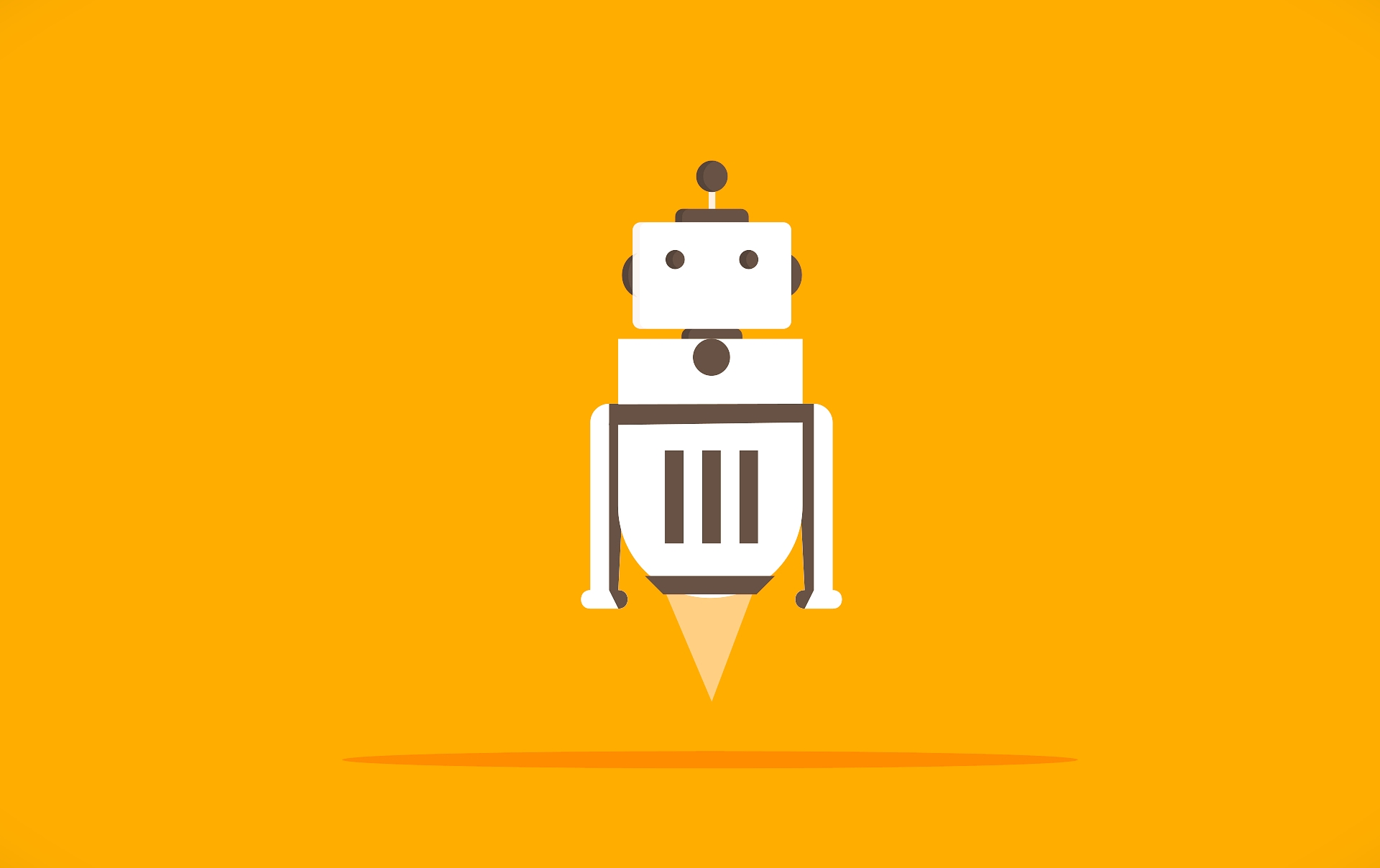
Depending on how developers have coded them and the tasks they are built for, software bots can complete various tasks. These can include entering the correct series of keystrokes, identifying, sorting, and extracting data from large data sets, understanding what is displayed on a screen, and performing numerous predefined actions.
Robot Process Automation bots have various advantages over humans. The first is repeatability. Because they follow predefined instructions, they can perform the same actions repeatedly until they are stopped or achieve their objectives.
Second, they complete both predefined tasks and actions faster than people. They also do much more because they do not get tired or need breaks to re-energize as people do.
The main challenge with Robotic Process Automation bots is that they do not learn between repetitions. This means they never improvise or devise new ways of completing their predefined actions. This is where artificial intelligence comes in.
Robotic Process Automation (RPA) in AI
Artificial Intelligence (AI) simulates human intelligence and intelligence processes on computers, typically called machines.
Some processes AI can simulate include:
- Learning by gathering information and understanding the rules governing the use of that data.
- Reasoning by using the provided rules and context to reach conclusions.
- Self-correction by learning from its failures and successes.
Because of how capable it is, the uses of AI are seemingly infinite, limited only by the imagination of the person using it. We have been able to use AI for machine learning, chatbots, speech and image recognition, sentiment analysis, predictive analysis, and natural language generation.
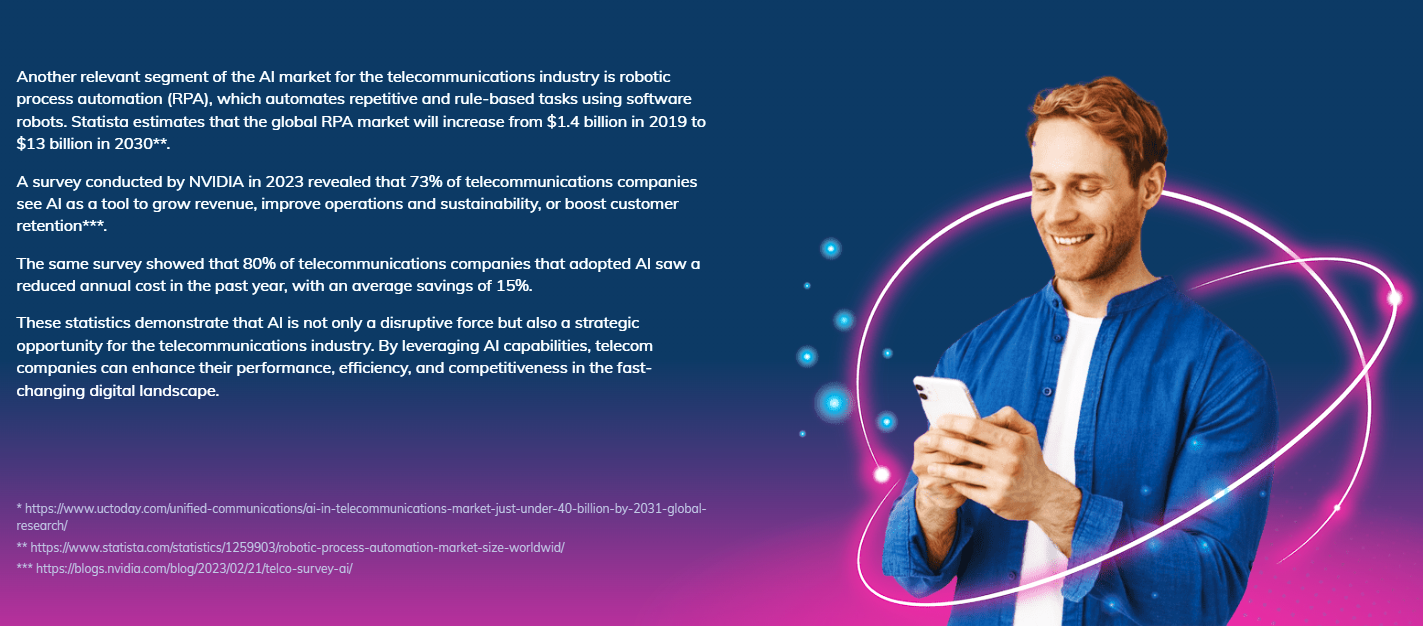
RPA works alongside people to automate repetitive and manual tasks through a process known as attended automation. AI can automate end-to-end processes and tasks to replace human labour, known as attended automation.
AI is unstructured and can develop logic, while RPA is structured and depends on human inputs and logic. Organizations already use unstructured data like natural speech and free tech alongside structured data such as data collected from form fields.
Because of this, they need both AI and RPA to create completely automated end-to-end processes. They can also use both technologies to improve robotic processes once deployed.
These and other similar use cases are leading to the growth of Robotic Process Automation (RPA) in AI.
The Growth of the Robotic Process Automation (RPA) in AI Market
A recent report by Meticulous Research says that the Robotic Process Automation market will be worth an estimated $35.9 by 2030. This represents a compound annual growth rate of 20.2% between 2023 and 2030.

There are several factors attributed to this growth. The first is the increased utilization of and demand for Robotic Process Automation in the healthcare and retail sectors, which are both growing rapidly in the digital age aided by these technologies.
There is also growing demand for automation in business processes. Here, more businesses are using RPA to automate in-office processes and tasks and AI to automate and improve customer experiences.
Consider use cases like chatbots that answer customer queries or direct them to the resources they need to get the answers they need to handle something they want to by themselves.
Robotic automated processes are also being used in the telecom sector to:
- Resolve poor network management.
- Automate maintenance.
- Reduce costs.
- Give telecom companies a competitive advantage over players in the sector and those in tangential sectors like over-the-top providers.
Players in this sector are also leveraging Robotic Process Automation (RPA) in AI to analyze massive data sets and provide insights used to improve customer experience, optimize network performance and identify new opportunities they can leverage before their competitors do.
Other reasons for this growth include the growing adoption of machine learning and the cloud, and the increasing demand for automation solutions in the banking, financial services, and insurance (BFSI) sector.
The Business Benefits of Robotic Process Automation
The primary benefit of RPA in business is increased profitability, responsiveness, and flexibility. RPA is helping with all these by streamlining workflows, reducing labour costs, and allowing businesses to venture into new areas with the help of AI.
Another benefit is accelerated digital transformation. Businesses have realized the benefits of digitization, and they align well with those of RPA. It is only natural, then, that they would use RPA to accelerate their digitization efforts.
RPA is also making businesses more resilient. Businesses must respond quickly to demand spikes that require them to ramp up to stay in tandem with workload peaks.
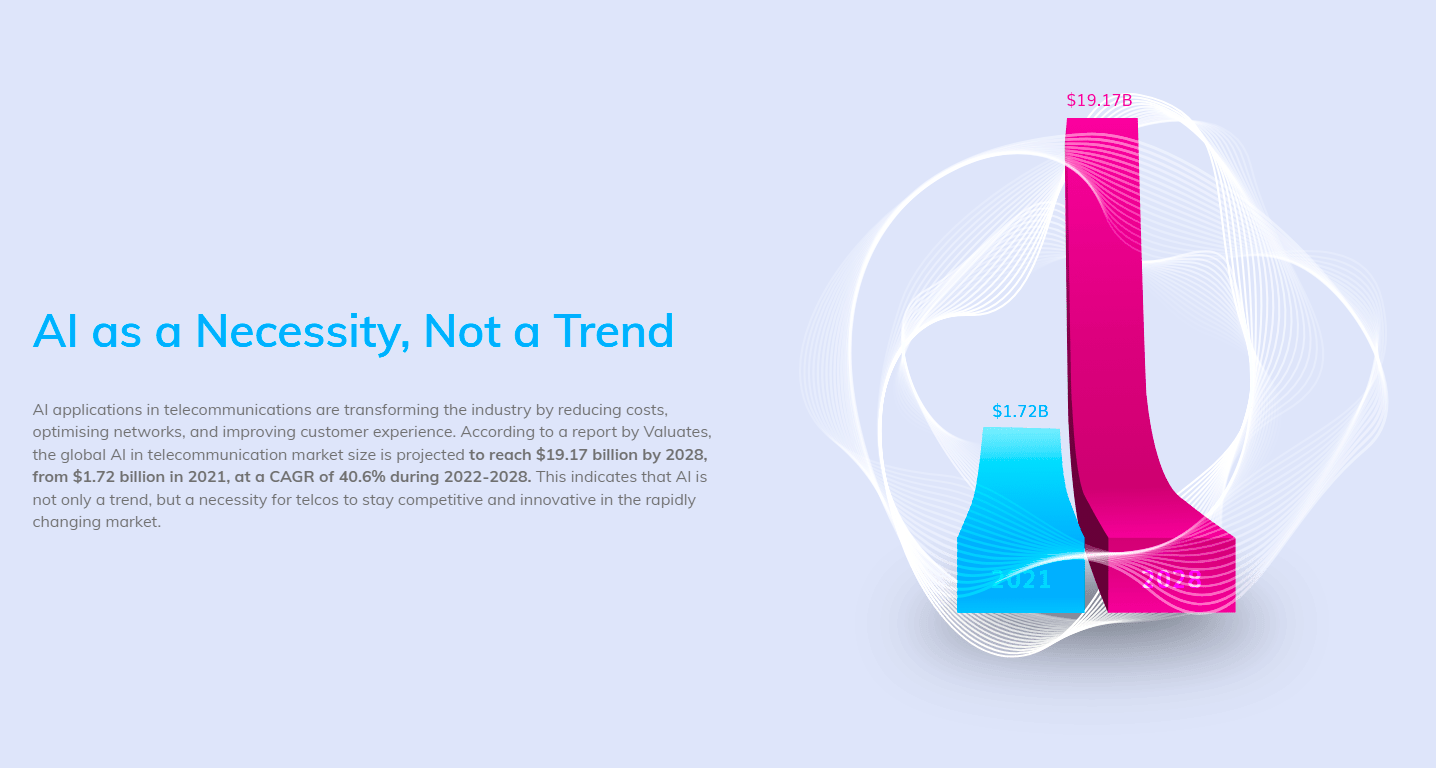
It is much easier and faster for businesses to spin up new RPA bots than it is to hire the additional people required to handle the demand spikes and the workloads required to match them.
Manual errors are a huge problem for businesses and can cost them a lot of money and time. Humans make mistakes for several reasons, including being tired or not having the knowledge or skills required to complete tasks and handle various processes.
RPA can reduce manual errors because it does not have the same shortcomings as humans.
Robotic Process Automation and AI are already transforming businesses that know how to leverage these technologies. Their increased demand, utilization, and benefits are seeing their growth skyrocket right now, with their value set to increase to just under $40 billion by 2030.
